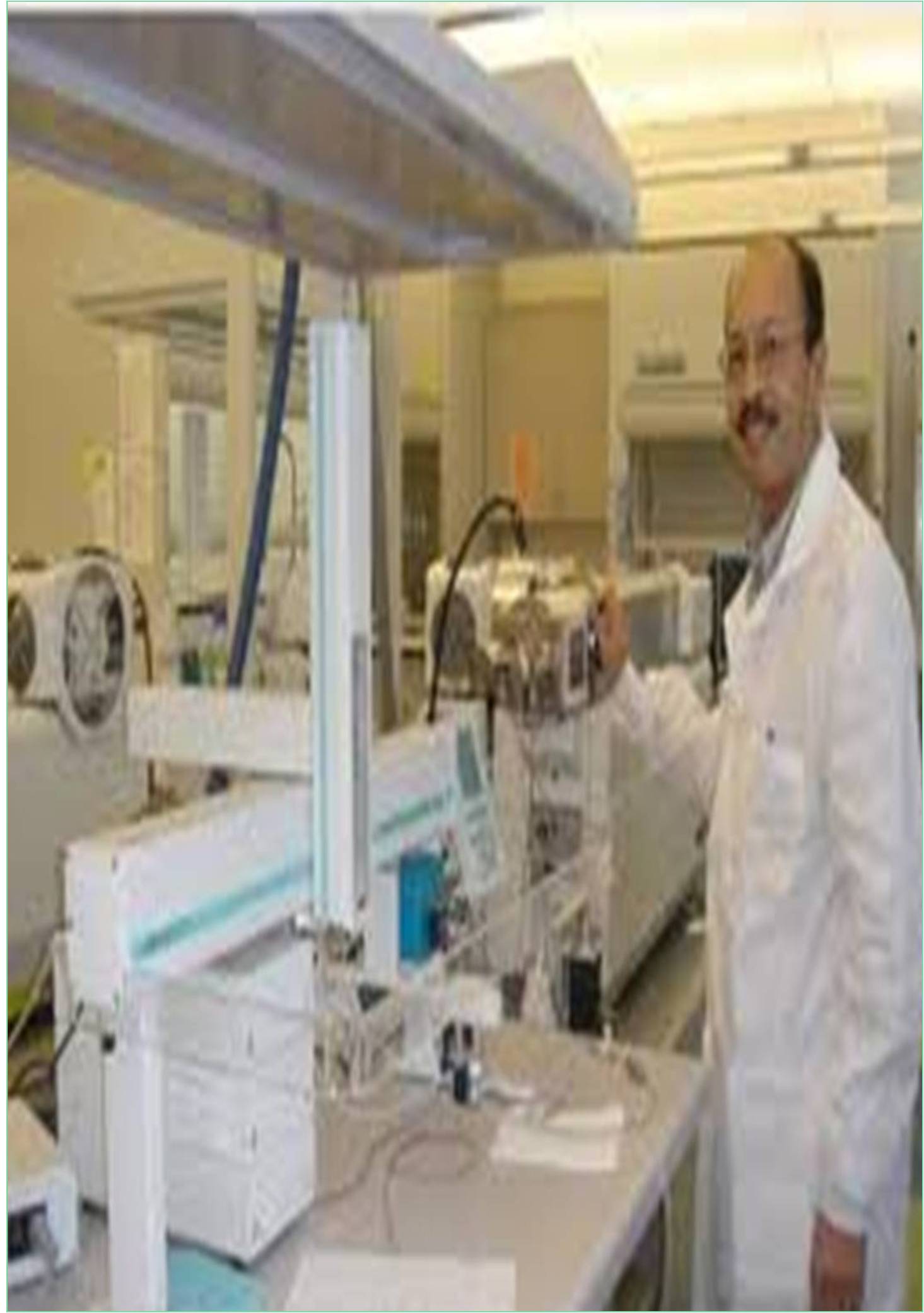



Received: 28-Jan-2022, Manuscript No. IJCB-22-61029; Editor assigned: 31-Jan-2022, Pre QC No. IJCB-22-61029 (PQ); Reviewed: 14-Feb-2022, QC No. IJCB-22-61029; Revised: 21-Feb-2022, Manuscript No. IJCB-22-61029 (R); Published: 08-Mar-2022, DOI: 10.15651/IJCB.22.7.021
Insulin resistance is a complex disruption communication between insulin and the interior of the target cell. Inflammation seems to be the root cause of insulin resistance, which can be increased or decreased depending on the fatty acid composition of the diet. However, the molecular basis of insulin resistance can vary widely from organ to organ. Human body has developed numerous systems to stabilize blood glucose levels and avoid large fluctuations in blood glucose levels. These systems include hormones that are produced directly or indirectly by the diet (Das, 2001). These hormones recognize food nutrients, send appropriate neural signals to the brain (especially the hypothalamus), and regulate fuel consumption for energy oxidation or long-term storage. The central hormone involved in this metabolic communication system is insulin. However, increased inflammation can disrupt these complex communication systems and ultimately lead to metabolic disorders (obesity, metabolic syndrome, diabetes). Insulin is a major regulator of carbohydrate, fat and protein metabolism. Inhibits adipose tissue-accumulated fat degradation and hepatic gluconeogenesis, stimulates GLUT4 protein migration, and transfers glucose to muscle cells along with gene expression of proteins required for optimal cell function, cell repair, and growth. Therefore, keeping insulin within the treatment zone is important for our survival. In the past, access to the right nutrients was a major concern. Even in this regard, insulin plays a major role in the body's defense against possible damage, using adipose tissue, liver and skeletal muscle as a biological buffer against over absorption of nutrients. All dietary nutrients are inherently anti-inflammatory, as metabolism to other biological substances or conversion to energy can elicit molecular reactions that can activate increased inflammation. So this is important. This means that excessive nutrient intake lays the foundation for the development of excessive inflammation. In the face of increased inflammation, insulin's ability to regulate metabolism becomes impaired.
Obesity is different from insulin resistance. Obesity is defined as excess body fat (Kromann, 1980).As long as fat is safely stored in healthy insulin-reactive adipocytes, it is not necessarily a harmful condition in itself. Insulin resistance is a condition in which cells do not respond properly to circulating insulin. There are many possible molecular causes for insulin resistance, but ultimately it is caused directly or indirectly by increased inflammation (Seo, 2005).
Insulin Resistance
The definition of insulin resistance is seems simple (a condition in which cells do not respond properly to circulating insulin). The molecular mechanism is not fully understood, but at the cellular level, the intensity of insulin signaling from its receptors diminishes to its ultimate effect. In particular, when insulin receptor substrate 1 (IRS1) is phosphorylated at important serine / threonine positions, it accelerates the degradation of the phosphorylated IRS1 protein and reduces the intensity of insulin signaling. It is also known that certain short-term dietary changes can lead to a rapid decrease in insulin resistance before a significant fat loss occurs. This includes strict calorie restriction to reduce insulin resistance within a few days. Similarly, certain drugs, such as corticosteroids, can rapidly increase insulin resistance. In addition, there are various metabolic adaptations to stressors that can induce insulin resistance. These stressors include pregnancy, hibernation and sepsis. Increasing insulin resistance in response to these stressors is one way to redirect stored nutrients to address the required metabolic adaptations. Similarly, sleep deprivation is another effective way to increase insulin resistance in the short term (Wijendran, 2004).
Insulin resistance begins in the hypothalamus and seems to upset the signal of satiety and hunger. This leads to excessive calorie consumption. Excess calories can theoretically be safely stored in adipose tissue, but increased inflammation of this organ and insulinresistance in adipocytes impairs the ability to safely store excess fat. One of the consequences of insulin resistance in adipose tissue is the release of excess fat into the bloodstream, which is secreted by other organs (liver and skeletal muscle) that are not well-equipped to safely store this excess fat. This is the beginning of lipotoxicity. Increased lipotoxicity impairs metabolism and energy production, accelerating the development of chronic diseases associated with insulin resistance (diabetes, heart disease, polycystic ovary syndrome). The amount of fat in the diet and the composition of these fatty acids in the fat component can play an important role in the regulation of insulin resistance (Worgall, 2004).